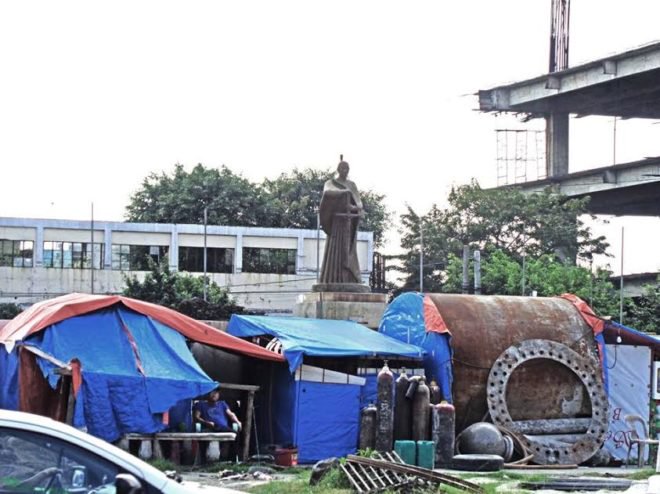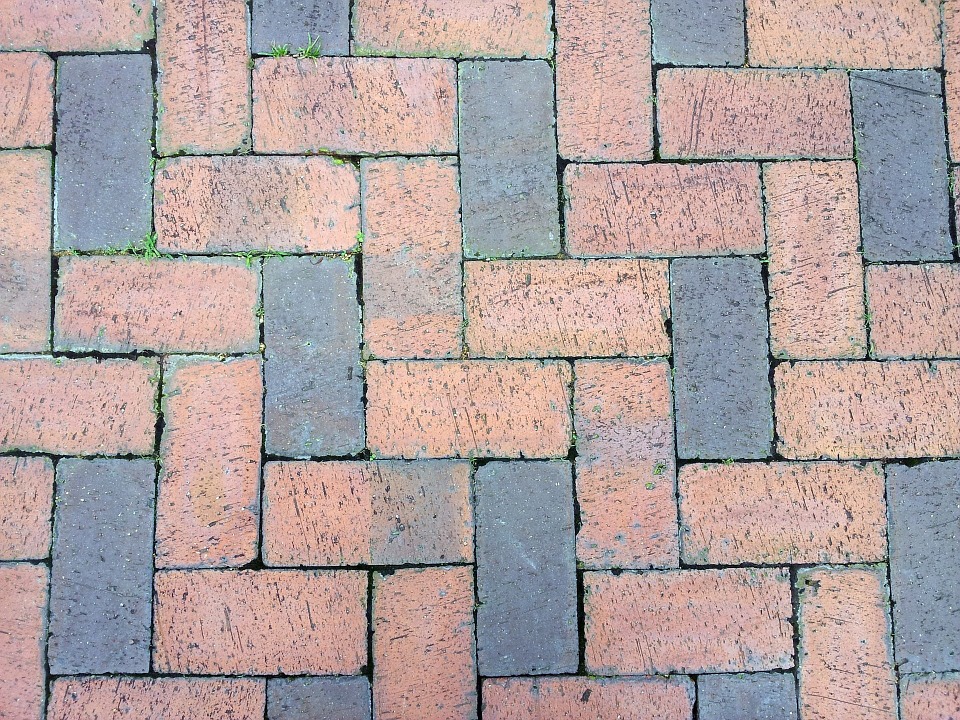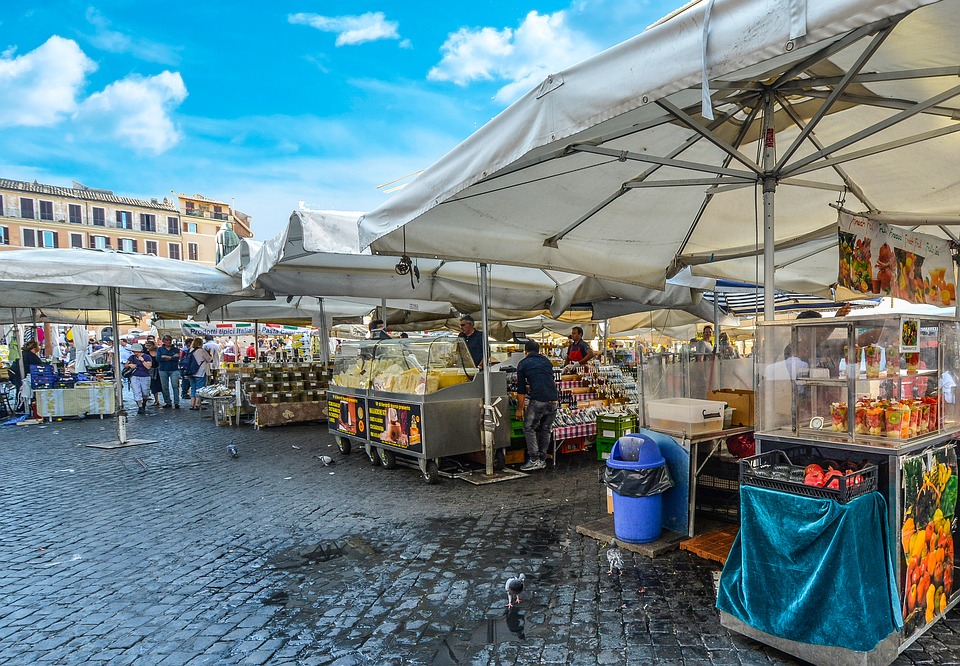Manila has really bad urban planning. By now, we know that to be an understatement and a fact. With the exception of BGC and maybe the commercial district-side of Makati, the rest of Metro Manila’s urban landscape has close to zero logical order or flow. Stuck in traffic along Osmeña Highway, staring at a once-famous Aling Nene’s Restaurant barricaded by scaffolding and the giant mold of a skyway post, this was all I could think of.
Aling Nene’s Restaurant along Osmeña Highway used to be a popular stop for families out for the weekend or couples going out on date. Fair enough, it doesn’t see the same traffic (customer-wise) nowadays, but it was still open and entertained by folks looking for nostalgia. Now, it’s become just another victim of our government’s failed attempts at “fixing” the traffic problem, the urban planning problem, and the development problem.
Aling Nene and friends
Alas, Aling Nene’s Restaurant is but the symptom of a greater problem.
Just the other day, Plaza Dilao where the monument of the Japanese Catholic warlord Justo Ukon Takayama stands has reportedly been turned into a dumping ground for the construction materials of Skyway three. Some years ago, much ado was also made about the Torre de Manila marring the view of Jose Rizal’s monument on Rizal Park. And the list goes on.

Blocking restaurants with sentimental-significance, demolishing buildings with unequaled artistic value, or “desecrating a space that commemorates an intangible historical memory.” There is a clear lack of consideration for culture in our government’s misguided endeavour towards development. And that is one of their greatest faults.
Back to school
I came from a school with red-brick roads. Winding and twisting throughout our school grounds, the administration had them laid out to accommodate students walking to and fro classes while preserving the green spaces of the university. Still, despite having these beautiful pathways laid out for them, students would still cross through the mud and grass and make their own dirt paths just to get to their destination by a few seconds faster.
What did the administration do? They adjusted to the students.

They laid red bricks where the dirt paths once were and let the foliage takeover the unused paths from before. Unsurprisingly, it worked. The students kept to the red-brick paths when walking, and left the plants alone to grow. Passing through Osmena highway seeing the once famous Aling Nene’s Restaurant now blocked by one of the posts of the upcoming skyway, I couldn’t help but think of those red brick roads.
Those red-brick roads are proof that when a governing body formulates their solutions with the people and the environment in mind, may it be planning a city or painting pedestrian lanes, it works. But okay, an entire country, an entire city is a more complex situation than a university. So, is it possible to adjust development and urban planning to culture and nature?
Let’s go to Barcelona
Barcelona had a problem with air pollution. Along with 35 of its neighbouring municipalities, the beautiful city kept failing to meet the EU’s air quality targets. To address this problem, they began instituting the Superilles or Superblocks, designated city blocks with limited access to vehicles.
These little pockets of the city allows pedestrians to walk without worry about incoming traffic, gives vendors space to sell without disrupting anyone, and provides an area for greenery to grow within the city. In effect, it’s lessened Barcelona’s temperature as an urban heat island, and helped decrease traffic within main city areas.

Now, I’m not saying that we have to do this exact same thing. Neither am I assuming that this exact method would work in the country. However, when conceptualising solutions for our cities, we may want to follow Barcelona’s footsteps and come up with more inclusive and culture-oriented answers.
We don’t necessarily have to keep on adding and adding new malls, condominium, or whichever skyscraper to be considered developed. We don’t always need to resort to skyways, or some odd, piecemeal traffic code to help solve the problems that our lack of urban planning has left us. Sometimes, we just have to work with what we have.

We have a problem with the presence of street vendors occupying sidewalks and streets, spaces that are supposedly dedicated to pedestrians and vehicles? Then, we should find a way to dedicate affordable areas to facilitate these street vendors, help them make a living without disrupting anyone or anything. We have a problem with double parking? Then, we should build parking lots in strategic places. We have a problem with public transportation? Then, let’s place stations in strategic drop off points rather than inside malls.
If we want to actually get somewhere with all this time being wasted on laws and taxpayer money being spent, the government has to learn to work around the people, manipulate our culture. Disruption and addition aren’t always the answer.
Related stories:
We shouldn’t sacrifice the environment for development
Why co-living spaces may be the solution in the future
These five NCCA-awarded structures are a short trip away
Writer: ANTHEA REYES




